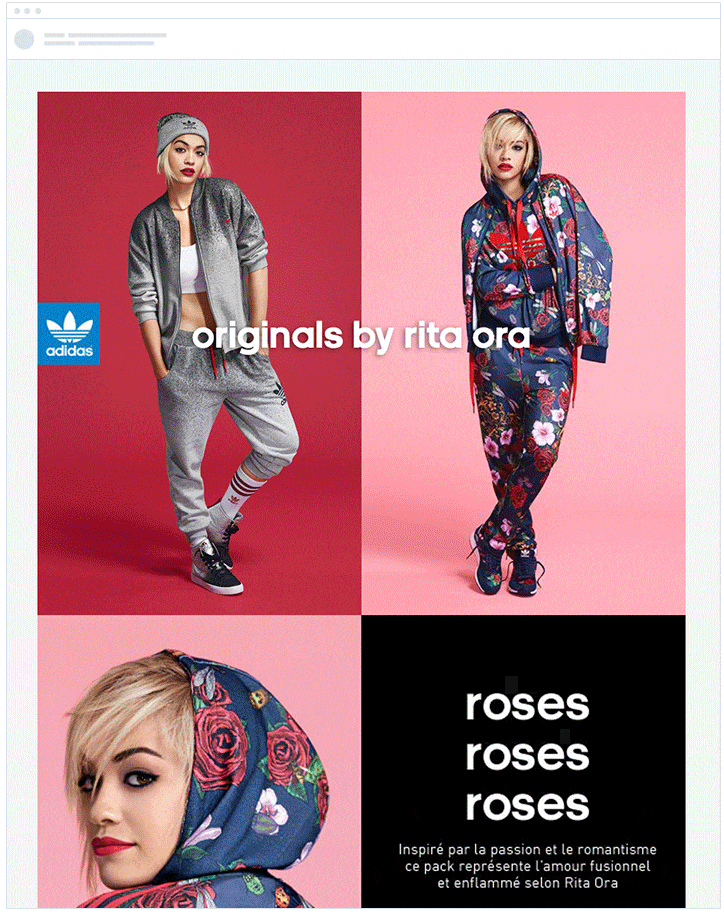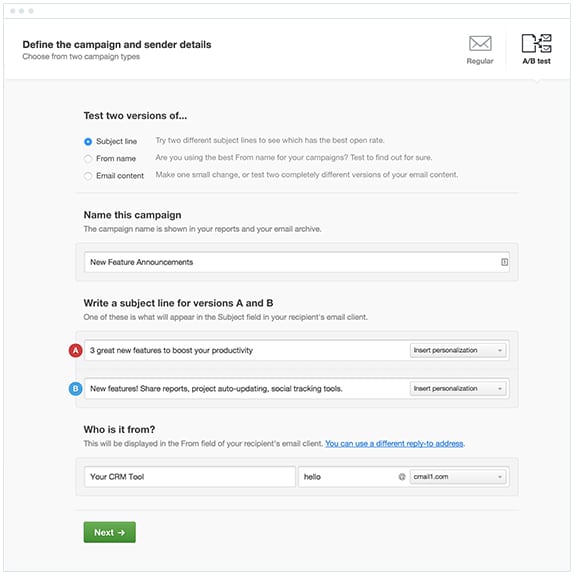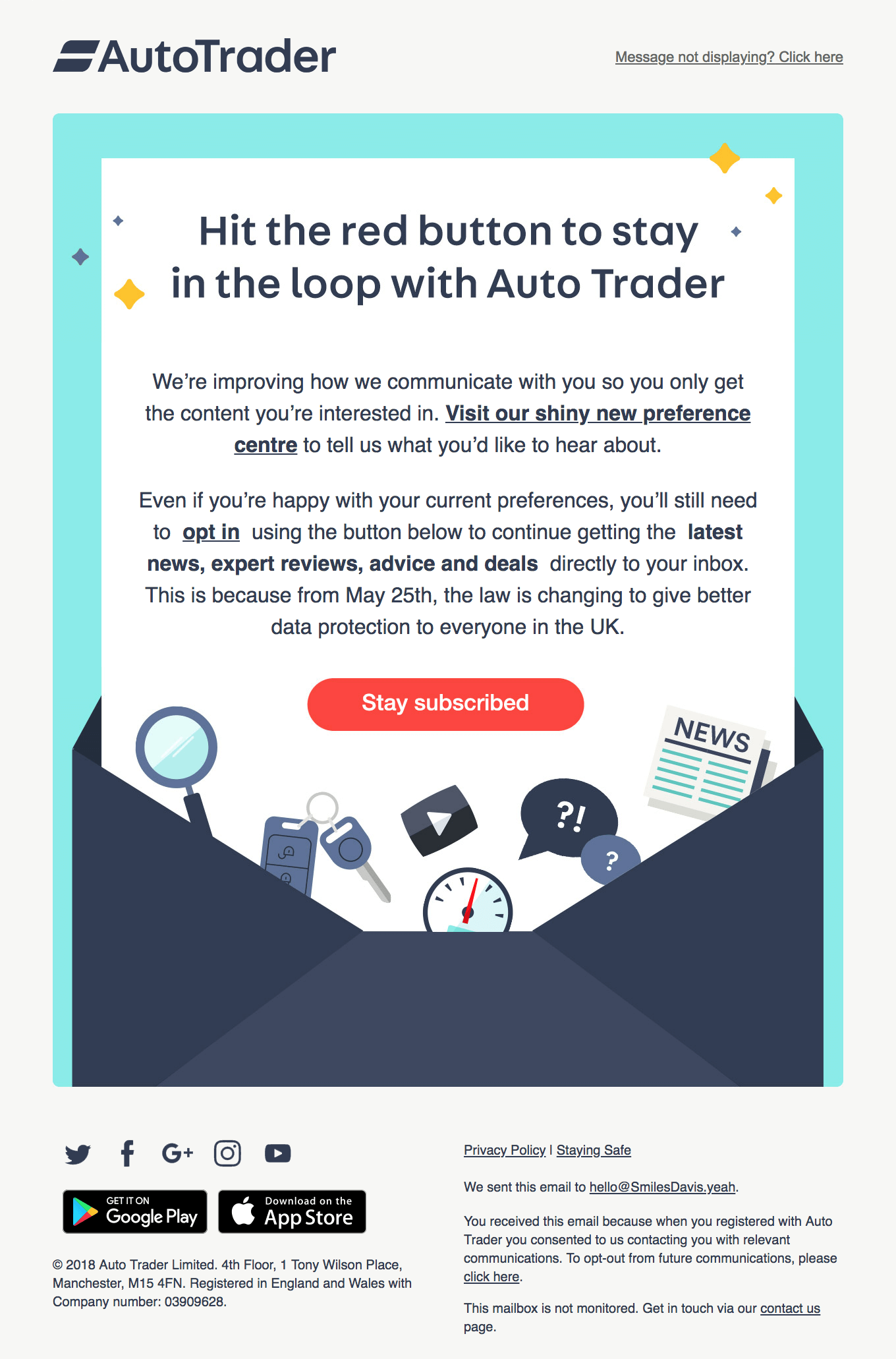While no one ever has it all figured out, you’ve learned to trust yourself and your instincts when it comes to running your business. You’ve got a rhythm, dedicated customers, and a mission you believe in. You’re getting the hang of things. But the growth you’ve been experiencing is starting to plateau.
Or maybe your growth isn’t plateauing at all. Maybe your company is operating full steam ahead and you want to make sure to make the most of the momentum and keep growing.
The trick is to prepare for the next phase of growth now and scale your marketing efforts to keep your goals and growth on track. Luckily, one of the easiest ways to scale your business is by tapping into marketing automation.
You might think that automation takes the personal, human touch out of your marketing, but it doesn’t have to, not when automation is done well.
In fact, email automation does just the opposite: It allows you to connect with more subscribers and customers in more specific, personal ways without costing you more money, time, or resources.
That’s a win-win as far as we’re concerned.
Scale your business and prepare for growth.
The trick to scaling your business with automated email marketing is to tap into the data you gather to find patterns and segments within your subscriber base. That way, you can send the most relevant content to each person exactly when they need it.
This probably sounds like a whole lot of extra work for you and your team, especially if your team is small. But—while you’d be wise to spend some extra time developing your email strategy, designing emails, and gathering data to segment your list—the minimal up-front time it takes is well worth the long-term payoff in better customer retention, larger spends, and greater revenue down the line.
But how do you make your email do more while spending less time and money than before? That’s where automation comes in. And it’s as easy as 1, 2, 3.
We’re sharing three strategies that allow you to create more personalised emails in a record amount of time. You’ll be able to design personalised emails and automate their send cadence so your messages reach the right people with the right content and offers at precisely the right time.
Read on to discover how.
1. Dynamic content
Dynamic content allows you to create one email that automatically changes content depending on the recipient’s segment. For instance, you would use the drag-and-drop email builder like always, but when you add a block of content, whether it’s a visual, text, or offer, you’d specify which segment sees what content.
A subscriber who has expressed interest in women’s fashions would see a story, image, or offer related to that interest while a subscriber who has expressed interest in children’s fashions would see something else relevant to their interest.
For instance, this email shows subscribers different graphics based on whether they’ve expressed an interest in men’s fashions or in women’s.
If you haven’t been doing much personalisation, you might spend more time designing an email, but you’ll see far better results. And as we say all the time, personalisation is absolutely non-negotiable if you want your email marketing program to deliver the best results possible.
If you have been sending relevant content to all your segments, dynamic content means you no longer have to design separate emails for each segment.
Don’t forget to establish your fallbacks in case something goes wrong.
2. A/B testing
A/B testing—also known as split testing—allows you to create one email then change something small to create a second, very similar email. Next, you’ll send both versions out to a small subset of your subscriber list (pro tip: make sure this is an active group in order to see the best results!). Once your emails have been out in the wild for a set amount of time, take a look at the metrics and see which version of the same email performed better and send this email out to the rest of your list.
That way you know before you even send out the majority of your email campaign you’re going to see the maximum results possible.
While you can A/B test pretty much any aspect of your email, most people choose to test their CTAs, subject lines, and copy to see what leads to the most click-throughs and conversions.
Your email service provider should empower you to A/B test your campaigns with ease.
But don’t limit your testing to local tests like subject lines. Take the same approach when analysing the metrics from your entire email campaigns. For instance, do your subscribers open emails in the morning or afternoon? Do they engage with free shipping or a percentage off? Do they prefer user-generated content or the blogs you write in-house?
All of this information is held within your analytics. Keep an eye on what works and you’ll be able to incorporate more of it, thus seeing better results down the line as well as from your very next campaign.
3. Triggered campaigns
Triggered campaigns are the holy grail of email automation. And we aren’t exaggerating here.
Triggered campaigns are emails you design up-front and then establish an automatic trigger that will launch the subscriber through the campaign. This allows you to build a campaign around a certain action or date, allowing you to target subscribers at a specific time and place in their relationship with your brand.
This is how you build personalised specificity into your email marketing programs without having to spend all day every day combing through data and firing off emails to each individual recipient.
Your trigger can be anything—as long as you have the right permission—so the sky is the limit. Think about your sales funnel, where you lose customers, what type of relationships you want to build with subscribers, so forth and so on.
Think about ways you can be transparent with your customers and try to go above and beyond to make sure your subscribers have all the information they could possibly want—and all the information they didn’t know they needed.
Gated content and lead generation campaign
One of the best ways to attract high-quality leads is to create a valuable piece of information and gate it, asking people to give you their contact information before passing your content on to them.
Right away, you know that a person who downloads your content is interested in what you have to say and believes you have authority in your niche.
After a person has downloaded your content, follow up. Ask them what they found valuable, what questions they might have, and connect them with further resources. Bonus points if the additional resources you provide are your own!
This is a great opportunity to connect interested people with promotional content or your sales team.
Just don’t overstep with your promotional materials. You don’t want to lose these subscribers because you went after them too aggressively. After this campaign has been running for a while, check your metrics and see how successful this nurture series is at converting. Once you see how you’re doing, you can adapt to include more of what works.
Welcome campaign
Hopefully you already have a welcome series in place, but if not, you should. And if you do already have one, it’s time to revamp.
Your welcome series is your first impression and you know how important a first impression is to lasting relationships. Not to mention, your subscribers are at their most willing to engage when they first sign up for your list, so take advantage of this unique opportunity.
Create a series that introduces new subscribers to the heart of your brand: Tell your story, introduce them to what drives your business, explain how you work and what they can expect from being part of your list.
Today’s consumers want to spend money with companies who share their values, so don’t be afraid to make a statement. While not everyone will agree with your stance, the people who do will more than makeup for the subscribers you lose in terms of engagement and loyalty.
It’s a good idea to sign up for some of your competitors’ email lists and see how they say hello. Remember, you don’t want your welcome series—or any series for that matter—to merely keep up with your competitors: You want to go above and beyond. When you receive their emails, ask how you can be more open and transparent with your subscribers.
Re-engagement campaign
As we mentioned earlier, subscribers are at their most engaged when they first sign up for your list. This means that, over time, people become less engaged with your emails. While some list churn is normal, healthy, and not to be feared, you can still work to re-engage subscribers.
When you see a subscriber hasn’t engaged with your emails after a set amount of time (each brand will need to decide what amount of time without engagement will trigger this campaign based on their customers and their metrics), you’ll want to trigger a campaign aimed to bring these people back into the fold.
Remind them where and why they signed up in the first place, what made them fall in love with your brand, and don’t skimp on the incentives. You want to pull out all the stops to get these subscribers engaged once more.
Re-engaging subscribers are not only more cost-effective than finding new subscribers, but they also have a greater chance of becoming brand advocates. You already know your mission and products resonate with them. You just need to cut through the noise of their inbox and find what made them connect with you in the first place.
Wrap up
With these three strategies in your back pocket, you’ll find that automating your email marketing efforts can be simple and straightforward without losing any of its potency. These simple strategies can still make a world of difference to your email marketing—and digital marketing in general.
Remember, your goal for automation should be to send more personalised emails while spending less time emailing. Find creative ways to design customer journeys that your subscribers will trigger and you’ll see more conversions, more repeat customers, and more brand loyalty all while allowing you to get back to the work you love.
This post is a part of Campaign Monitor’s Marketing & Mixology series. Check out these other pieces in the series:
- Are Personalised Emails Enough?
- Why Relevant Content Is the Base of Your Email Marketing
- Scale Your Business with These 3 Automation Strategies
- Marketing & Mixology Infographic: How a Well-Crafted Email Strategy is Just Like a Cocktail








